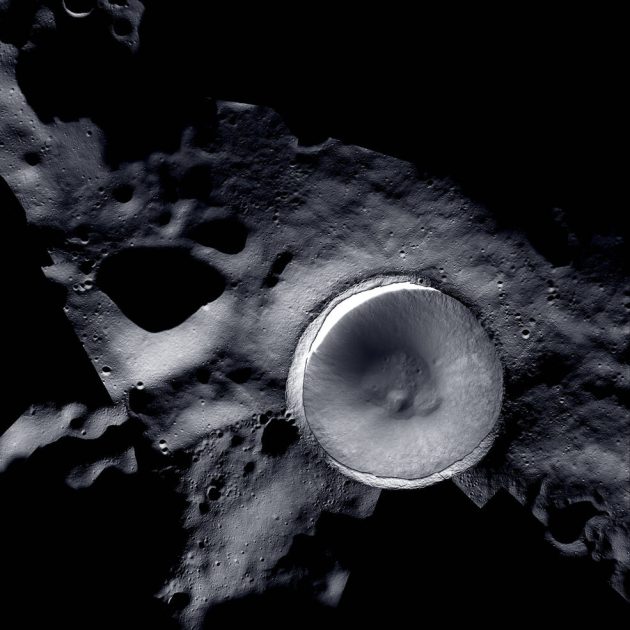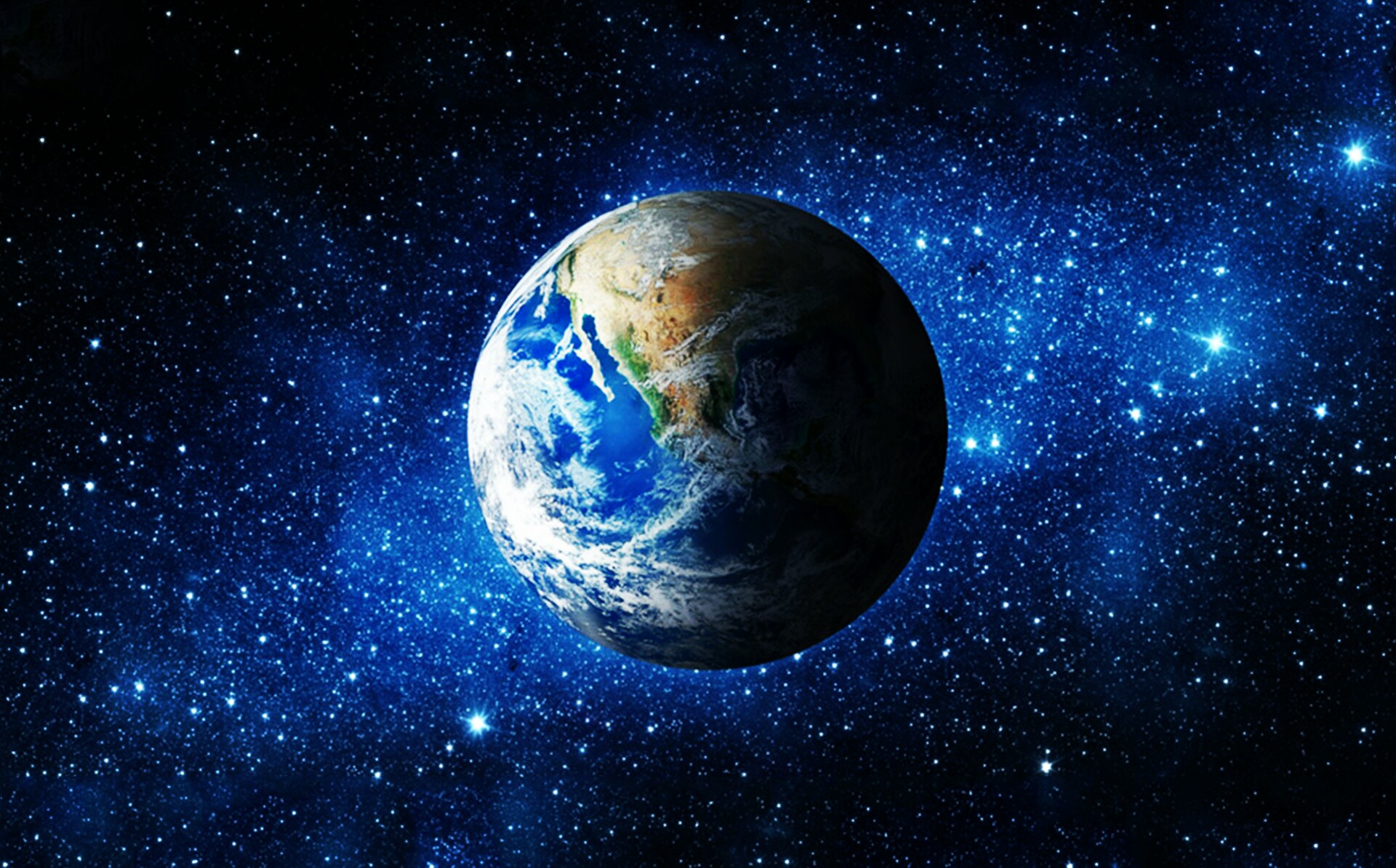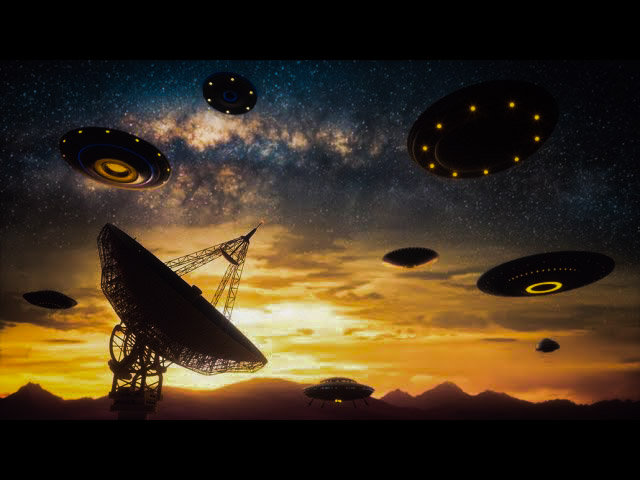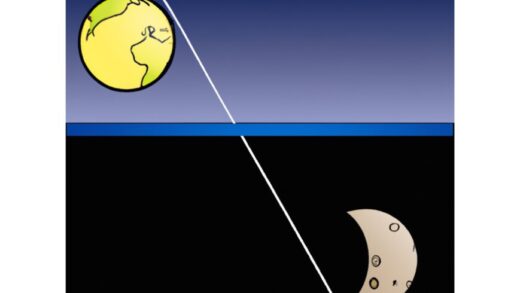NASA Lunar moon camera image shows Artemis-3 landing sites near south pole
The Moon race has been revived after nearly five decades of global indifference toward our nearest neighbor. While the real interest hidden in reexploring the moon is still unclear, recent developments have reignited the fervor for lunar mission, especially in the lunar south pole region.
NASA’s latest lunar images, featured in National Geographic Magazine’s special space issue and created from data captured by NASA’s Lunar Reconnaissance Orbiter Camera (LROC) and the ShadowCam instrument on Korea Pathfinder Lunar Orbiter (KPLO), illuminates the lunar south pole’s unprecedented beauty.

“Shrouded in permanent darkness, the interior of Shackleton crater near the moon’s south pole is revealed in this stunning mosaic,” a NASA statement reads.
ShadowCam, with its 200 times greater light sensitivity, has uncovered previously hidden details, while LROC has provided a broader view of the surrounding areas.
This new imagery serves as a roadmap for NASA’s Artemis program, which aims to land astronauts near the lunar south pole, possibly by 2025, marking the first human mission to the moon in over half a century. The Artemis missions, coupled with India’s Chandrayaan-3 and other lunar missions, have transformed the moon into a symbol of renewed global competition in space exploration.
India’s Chandrayaan-3, which recently achieved a historic soft landing near the moon’s south pole, has become the fourth nation to accomplish this remarkable feat, following the United States, the former Soviet Union, and China.
ISRO announced that India’s Chandrayaan-3’s Pragyan rover, designed for lunar exploration, successfully achieved its mission by uncovering the secrets of the moon’s southern polar terrain and studying its chemistry.
Russia’s renewed interest in lunar exploration aligns with the global trend of rekindling enthusiasm for the moon’s mysteries. However, diving deep into the lunar surface is by no means comfortable, as highlighted by Russia’s Luna-25 mission, which ended in failure with a crash into the lunar surface.
The resurgence in lunar exploration coincides with a resurgence in interest in the search for extraterrestrial life. The moon, with its uncharted territories and potential water ice deposits, represents an opportunity for scientific discovery.
These ice deposits could serve as a vital resource for future lunar missions, providing hydrogen and oxygen for rocket fuel and life support systems. Ice, essentially frozen water, offers the potential to significantly reduce the payload weight for human missions, as it exists naturally in the lunar environment.
Water, with its chemical composition of H2O, provides a unique opportunity to extract hydrogen (H) and oxygen (O), which can then be transformed into rocket fuel. In this process, hydrogen becomes the fuel component, while oxygen serves as the oxidizer.
Moreover, setting up lunar observatories on the moon’s dark side offers another milestone for exploring the universe. Radio telescopes stationed on the moon’s far side, shielded from Earth’s interference, could detect faint radio waves from the cosmos, potentially revealing insights into the universe’s origins.
The age-old question of whether we are alone in the universe has once more come under consideration with this refueled moon race. Dr. Neil deGrasse Tyson, who began giving science lectures at the young age of 15, says: “Space exploration is a force of nature unto itself that no other force in society can rival.”
While there is skepticism regarding whether nations are competing to conquer and establish colonies on the moon, it’s essential to note that the 1967 U.N. Outer Space Treaty prevents any country from asserting lunar ownership, but it does not contain provisions to impede commercial activities there.
Auto Amazon Links: No products found.


